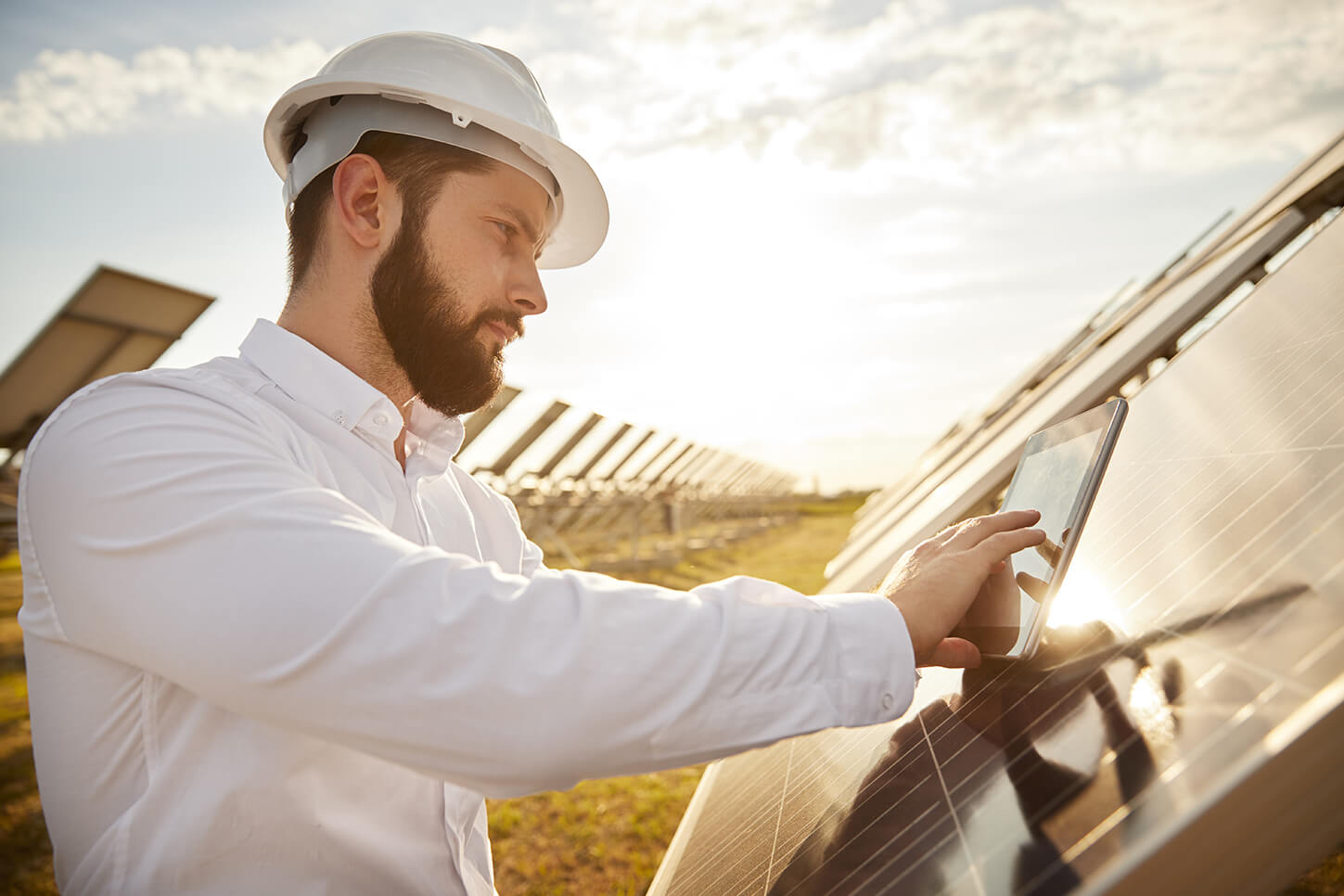
All
Optimising energy consumption is not just about photovoltaics (PV) or LED lighting. It is a process that essentially requires being totally aware of the energy consumed. At APA, we have recently dealt with a case which perfectly illustrates this principle.
A while back we monitored a facility that was not a manufacturing plant and did not operate on a shift basis. The company’s peak activity was in the middle of the day. The maximum energy consumption (about 90 kWh) was recorded between 12.00 and 13.00 h. And every day, more or less from 18.00/19.00, the building switched to stand-by mode. The minimum values were already during the small hours, i.e. 1.00/2.00, and the energy consumption was approximately 62 to 66 kWh.
And here the question arises: why does the facility consume nearly 75% of its maximum energy consumption during off-peak hours, when only essential equipment should be running? The difference between peak and night hours is only 28 kWh. In the graph below, it is clear that the energy consumption pattern is “saw-shaped”. You can see the minimums and maximums, but there is also a definite baseline, at around 60 kWh. This consumption is constant, and perhaps this is where the potential for optimisation should be sought.

The reason behind it is unknown. This requires a conversation with the client, an interview, and a deeper investigation. There are certainly two scenarios to consider:
The conclusions from this case study are self-evident. Optimising energy consumption is something that requires a set of data, also as a function of time:
Without this knowledge, attempts to optimise costs are just like fumbling in the dark.

The solution may be IPOE, the Intelligent Platform for Energy Optimisation. It allows for automated, real-time and reliable monitoring of energy consumption from a variety of angles.
IPOE means:
All of this offers the user a whole new dimension of energy optimisation within the company. The APA tool provides the knowledge that is essential for making key decisions.